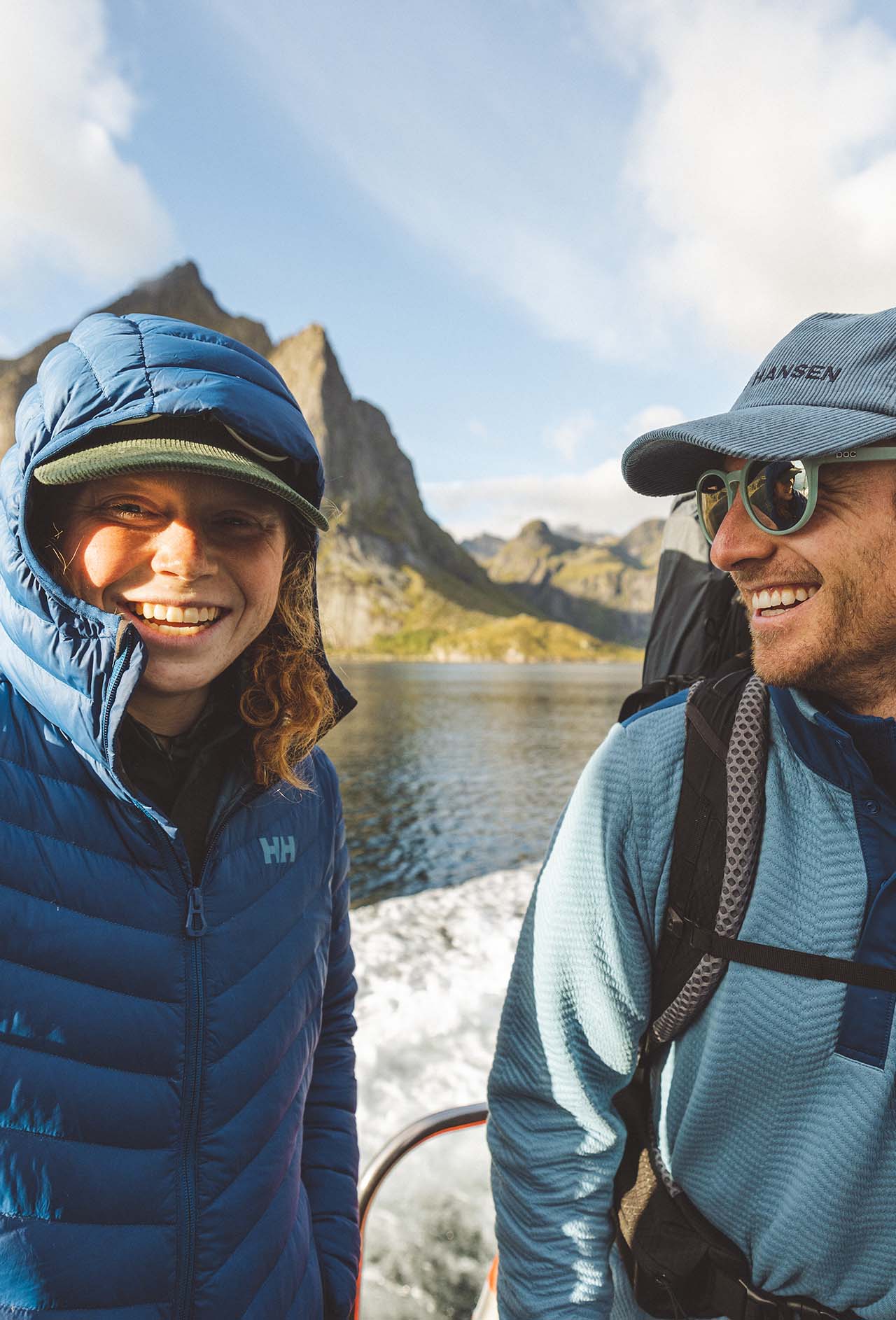July 07, 2023 | Helly Hansen
OUR IN-DEPTH GUIDE TO CHOOSING THE IDEAL MIDLAYER
The midlayer is the customisation tool for outdoor apparel. For the warm-blooded, high-intensity skier, a midlayer is a special add-on during freezing cold days. For the hiker that always runs cold, it’s the go-to piece for most days outside.
But with so many to choose from, how do you find the right one for you? Learn about the different types of midlayers and what each has to offer.
From midlayer fabrics and styles, to care...
THE CENTREPIECE OF THE 3-LAYER SYSTEM
Before we dive into midlayers, let’s understand the three layer system. Key for dressing for skiing, sailing, and hiking, the 3-layer system consists of a base layer, midlayer, and a shell jacket. Each layer has its own purpose:
1. Base layer: to transport moisture away from your body and protect yourself from the sun if you shed your other layers. A base layer is the foundation for moisture management and temperature control.
2. Midlayer: to give added warmth that can be removed during high-intensity activities and added back when temperatures drop.
3. Shell jacket: the outermost jacket to protect from rain, sleet, or even waves. Don’t let the elements get to you.
Midlayers can be worn under a shell for added warmth, but the shell will provide the primary protection from wind and rain.
Shop Midlayers > Men's | Women's
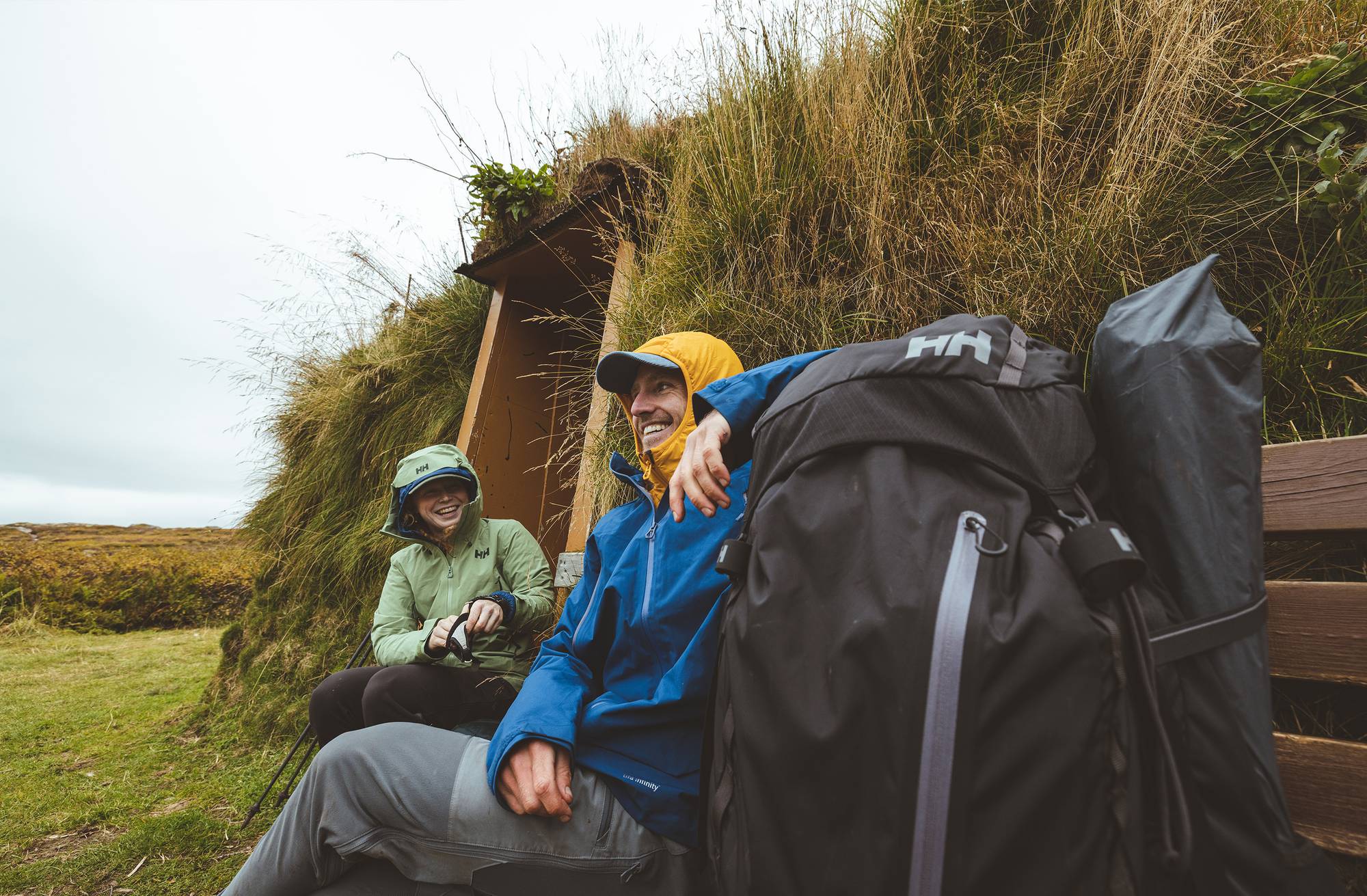
WHAT ARE THE DIFFERENT MIDLAYERS?
FLEECE
Fleece is known for its softness. Not as technical as other midlayers, it can be cosy to wear inside, like you might wear a jumper. Fleece midlayers are easy to care for often available in a variety of colours and prints, making them a nice wardrobe addition. Although not particularly lightweight nor extremely warm, fleece is a good choice for recreational activities, not extreme expeditions.
Benefits of Fleece: Comfortable. Easy to care for. Moderately warm.
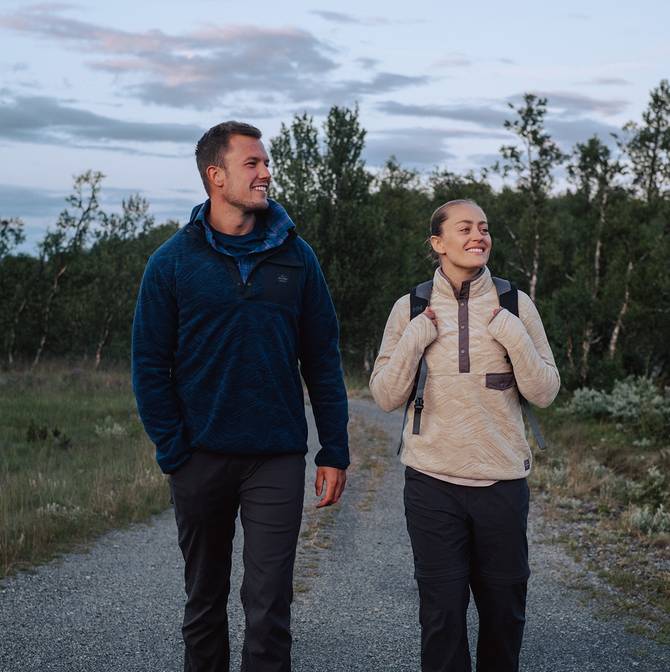
PILE LAYERS
Pile structure is open, so it provides very good ventilation too; consequently, it has proven to be a preferred material in high-energy activities in the cold (for instance, lumberjacks engaged in high physical work at cold temperatures). But pile won’t provide much protection from the wind.
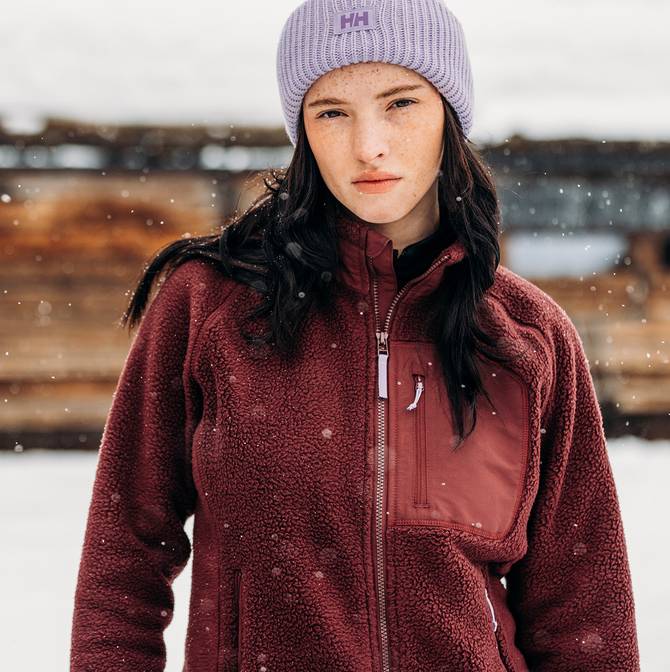
LIFALOFT™ INSULATION
LIFALOFT™ is a synthetic insulation developed in collaboration with the king of insulation, PrimaLoft®. Its lightweight, warm and breathable qualities ensure comfort and freedom of movement during even the most intensive activities.
This insulation is ideal for ski touring or hiking when you might be limited in space and weight. If temperatures rise, our LIFALOFT™ jackets are easy to throw in your pack and wear again when you start to cool down. And thanks to the integration of LIFA® fibres, they’re also quick drying.
In 2021, we released LIFALOFT™ Air, an extra breathable version of LIFALOFT™ designed specifically for ski touring (and other activities that make you heat up but may require extra warmth than just your base layer).
Benefits of Lifalfot™ : Lightweight. Breathable. Quick-drying. Packable.
DOWN
Down is an exceptional insulation material due to its warmth-to-weight properties as well as its compressibility without losing its shape. This makes it a very popular choice as a lightweight midlayer for frigid winter days.
The lowdown on down: Best in cold and dry conditions. Good warmth-to-weight ratio. Packable. Lighweight.
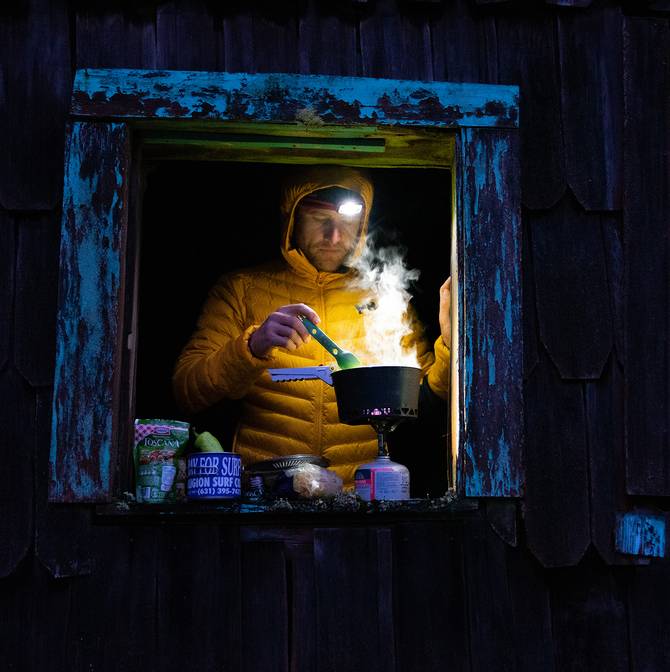
WOOL
Wool is known for warmth. Wool is a natural fibre that is odour resistant and has a long history of keeping people warm during frigid winters. Like fleece, wool is great to wear indoors or as a staple piece. The downside to wool is that it’s not lightweight, making it more suited for sailing or skiing groomers on cold days, rather than high-intensity activities where you may overheat.
Benefits of wool: Odour resistant. Retains heat even when wet. Best for low-intensity activities on cold days.
VESTS
Vests are often overlooked as midlayers, but they’re a great way to stay warm. When your core temperature drops, the body reduces blood flow to the extremities (in an attempt to protect your organs). So even though your arms aren’t covered, vests can keep your core warm. They also work as stand-alone pieces..
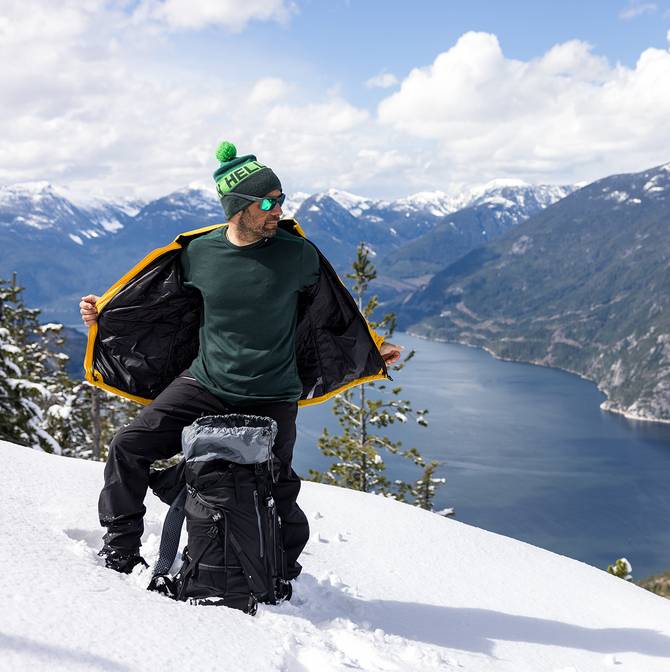
KEY FEATURES TO LOOK FOR IN A MIDLAYER
Secure pockets: when you’re putting a jacket on and off, it’s easy to forget about your keys or your phone. Zippered pockets keep your valuables in place.
Water/wind resistance: a water-resistant midlayer is versatile enough to wear as an outer piece in light drizzle or on windy days.
Slick face fabric: smoother to throw on and off, slick face fabric won’t get stuck on the lining of your shell jacket.
Whichever midlayer you choose, remember that they are made for taking on and off depending on the elements, the temperature and how hot or cold your activity makes you feel.

